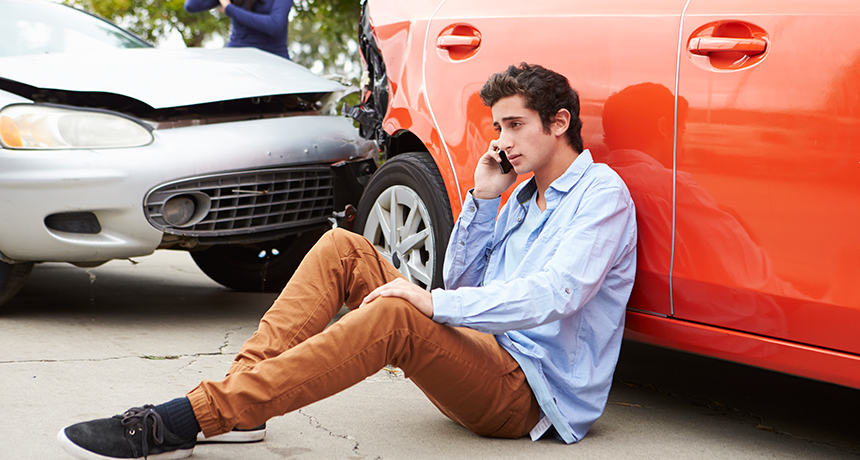Questions for ‘Here’s what puts teen drivers at greatest risk of a crash’

Teen drivers are more likely to get into car crashes than adult drivers. Inexperience and a greater inattentiveness to what’s happening on the road play appear to foster those youthful accidents, data show.
bowdenimages/iStockphoto